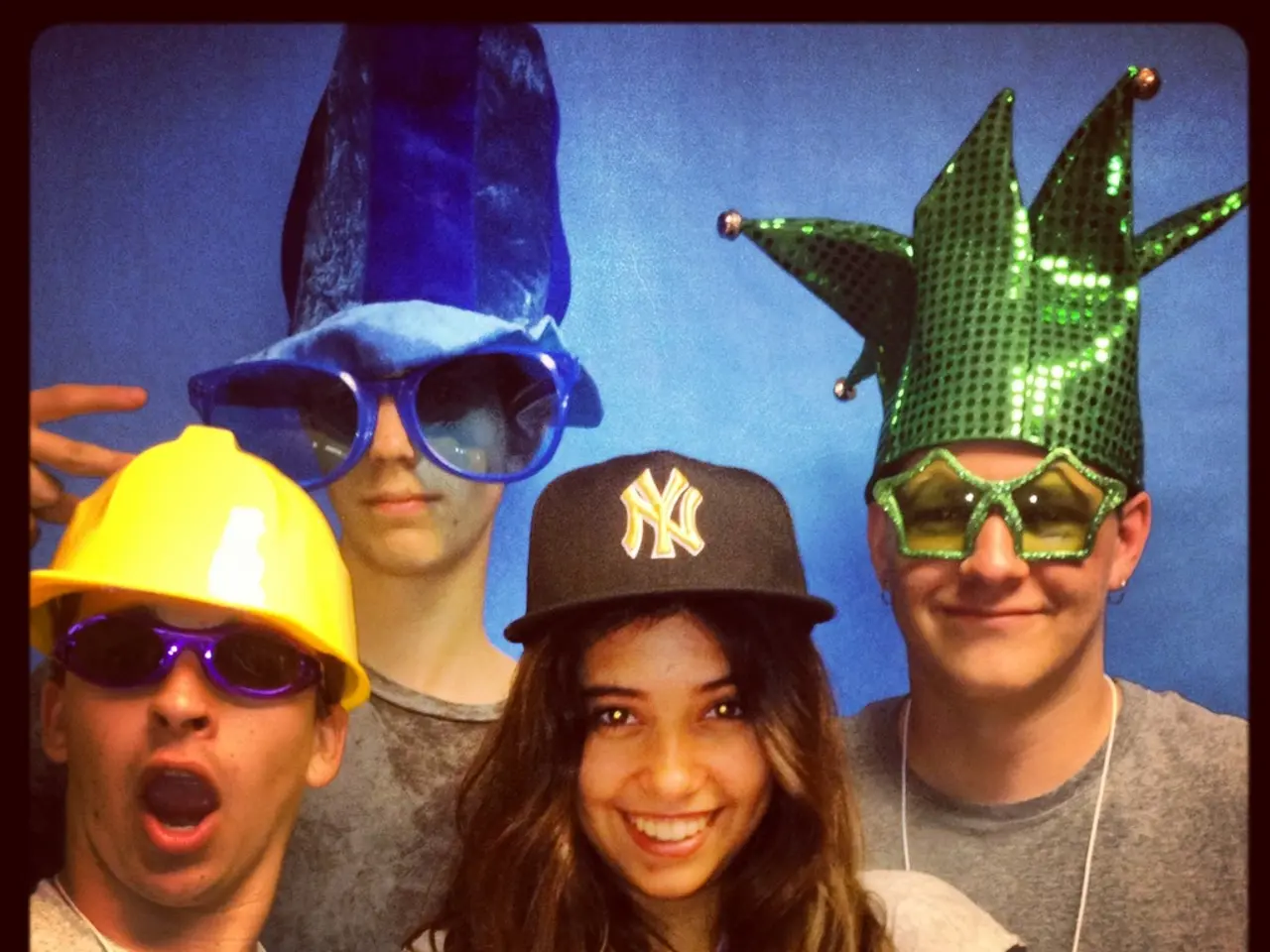Digital device usage and its impact on skin aging: The role of blue light in skin care concerns
In the digital age, where screens and artificial light sources have become an integral part of our daily lives, a new concern for skincare enthusiasts has emerged: blue light protection.
Blue light, also known as High Energy Visible (HEV) radiation, is a form of light that has a wavelength between 400nm and 500nm, similar to ultraviolet radiation. This light, emitted by the sun naturally and produced by artificial light sources such as television screens, smartphones, tablets, computers, and LED light bulbs, can potentially cause oxidative stress and inflammation, leading to premature skin aging and skin damage.
A study published in the Journal of Investigative Dermatology in 2010 found that blue light exposure can cause pigmentation, redness, and swelling, similar to damage caused by UVA rays. The study, largely conducted on individuals with darker skin tones, suggests that blue light radiation should be a concern for people of all skin types.
The beauty industry has taken notice of this emerging market, with many companies investing in research and development to create blue light protection skincare products. These products aim to combat the effects of blue light exposure, which can potentially speed up the aging process for all skin types.
Cosmetic manufacturers are designing innovative products, with the sun care segment being a logical line of inquiry due to the presence of UV protection and antioxidants in many products. Sun care brands could break into lucrative new markets by adding blue light protection to their products, as demonstrated by the 17% of Indian consumers who would be interested in sun care products that protect from blue light from screens.
In the United States, 40% of consumers have tried or are interested in blue light protection skincare products. This shift in sun care trends indicates an increased awareness among consumers about the threat artificial light poses to their skin.
However, understanding about blue light and its effects on the skin remains relatively low. Only 23% of American adults understand what the term 'blue light' means. As awareness grows, it is expected that the demand for blue light protection skincare products will continue to rise.
Cosmetic manufacturers are encouraged to include substances with high UVA-UVB protection, ingredients that provide blue light protection, and moisturizing agents to meet consumer demand for blue light protective skincare products. By doing so, they can cater to a broader spectrum of consumers, including those with darker complexions who may have previously been disinterested in the UV protection segment.
In conclusion, blue light protection is a growing concern for consumers, and the beauty industry is responding by developing innovative skincare products to combat its effects. As awareness about blue light and its impact on skin health grows, it is likely that the demand for blue light protection skincare products will continue to rise.
Read also:
- Understanding Hemorrhagic Gastroenteritis: Key Facts
- Stopping Osteoporosis Treatment: Timeline Considerations
- Tobacco industry's suggested changes on a legislative modification are disregarded by health journalists
- Expanded Community Health Involvement by CK Birla Hospitals, Jaipur, Maintained Through Consistent Outreach Programs Across Rajasthan








